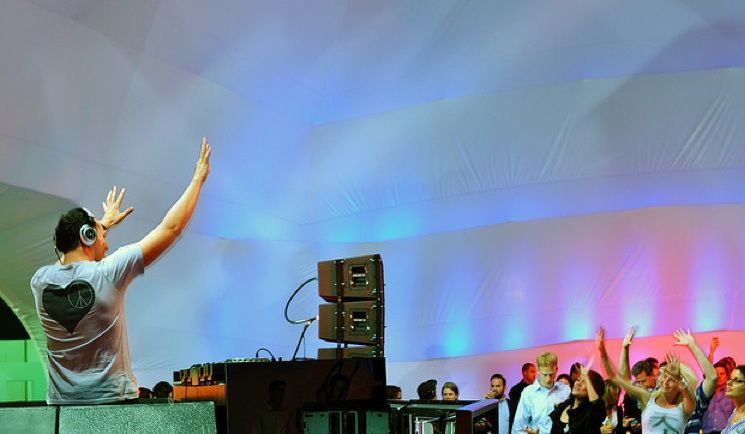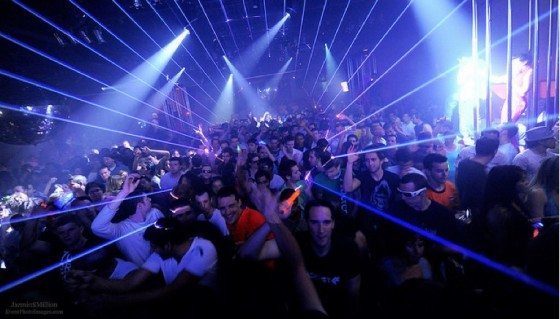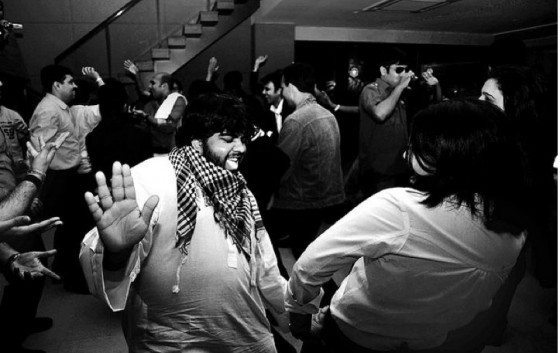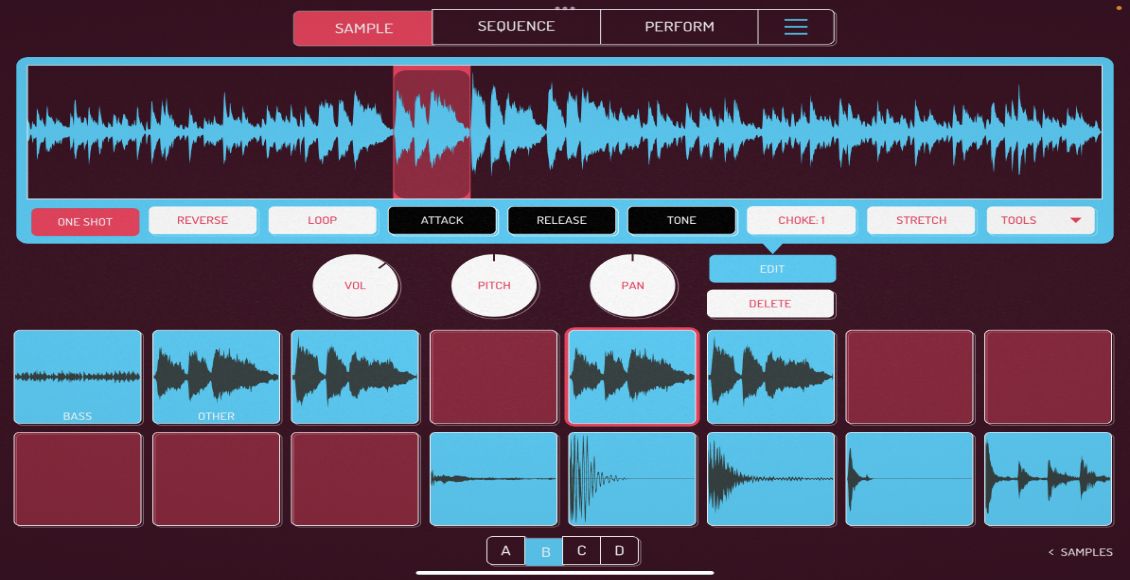My first exposure to “dance music culture” still feels like it was yesterday. Every Saturday night, my mom would drive me to disco skate night at the local roller rink and I would skate the night away to an endless groove of disco beats. From roller skates, it was only a short hop over to house music, but those early days on the rink really cemented two things in my mind. First, a deep attachment to four on the floor soul and second, a real understanding of how important it was to keep dancers moving smoothly. In today’s article, I want to talk about a DJ’s relationship to dancing and how it can really make a big difference on your dance floors.
Dance to the Rhythm
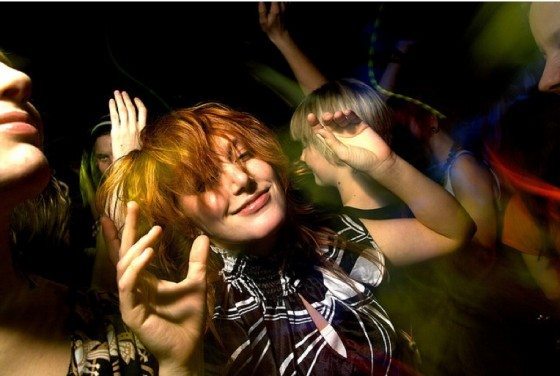
In my opinion, if you don’t enjoy dancing or at least understand what the activity feels like, it’s going to provide a handicap in the booth. However, even better than understanding the dance floor, is actually moving along with it. DJ’s that dance and move in the booth with their mix not only project confidence and get others into the tunes, but they also may be helping their mix.
Dancing along with the crowd puts you directly in touch with the fundamental feel of the rhythm and can prevent critical dance floor errors that will make everyone stop and walk away entirely. Let’s face it, when a crowd is in the groove together, you can get away with almost anything, but there is nothing harder than getting an empty floor going. Sometimes, the spark required to start that fire is you and your natural passion for the music.
Keep the Groove Rolling
While your fundamental responsibility is in picking the right music for the night, the next advanced skill for a DJ is in smoothly mixing between rhythms without breaking the flow. This goes beyond beat matching and requires an understanding of swing and feel. Two songs may match in tempo and even in key but if their fundamental rhythms are too different then the transition will totally throw the floor. Here is an example:
Here is a straight electrohouse anthem without much swing:
Here is a similar electro track in tempo, but with a totally different swing:
Pure Electro – Sample Pack Demo by loopmasters
The way your body naturally moves to each of these specific songs is very different, so always be very careful when you make a transition from one style to another. The safest place to make that switch is in a breakdown where the rhythmic elements disappear. Changing up the groove can make or break your dance floor so keep this in mind when choosing that next song!
Watch this tutorial from Ean on how to blend songs with different swings in a DJ set!
Respect the Partner Rule
While electronic music is largely a solo dancing act, there are many other genres of music like hip-hop, swing and latin that are designed for- and encourage partner styles. In these circumstances, it’s even more important to really feel the dance floor and respect the groove. Imagine if you are dancing with a cute girl or guy that you finally got the gumption to ask to the floor. Things are going well, a sexy groove starts to settle in, when boom- the DJ dramatically switches the rhythm to something terribly different, killing your vibe and the moment.
On the other side of the coin, playing one rhythm all night would be boring so I generally find it wise to stick with a specific “feel” for at least 3-5 songs and then change it up before things get old so people have enough time to get on the floor, and into the groove. How to change things up without throwing the crowd? Well, there is a way you can do it and actually use the change to help your floor.
Make the Switch
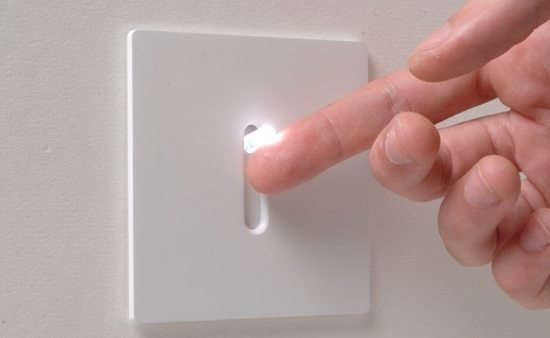
The key here is very similar to making a dramatic tempo switch. You don’t want to attempt to blend different tempos or rhythms, but instead find just the right moment to introduce the new feel. This is best done:
- in a breakdown (if you want to mix).
- at the end of the song (if you can get away without a mix).
- on the drop after a big build up.
- at just the right moment using technology tricks like the echo freeze.
Exceptions to the Rule
Now before the comment section starts to run wild, it is worth mentioning that there are certainly circumstances where a set should not be dictated by dancing. Lounges, small clubs where the music stops between tracks, performances, and many other situations may actually call for a dramatic shift in rhythm. If you are trying to keep a dance floor moving however, dancing to the beat will help keep you in tune with your dancers.


